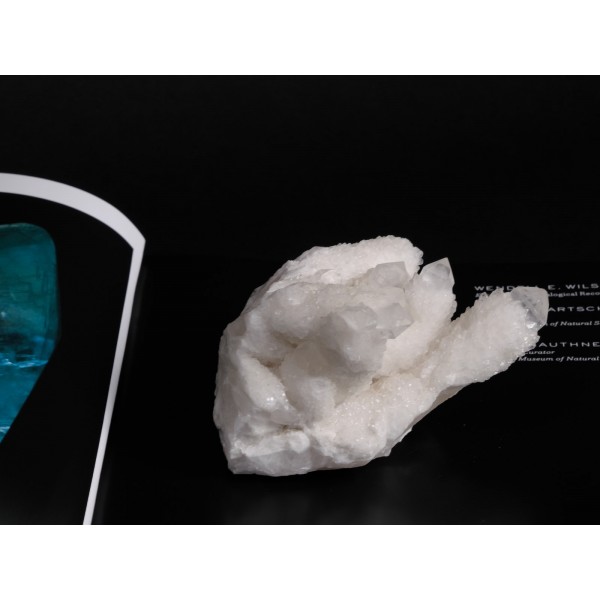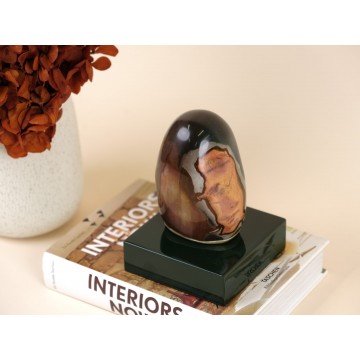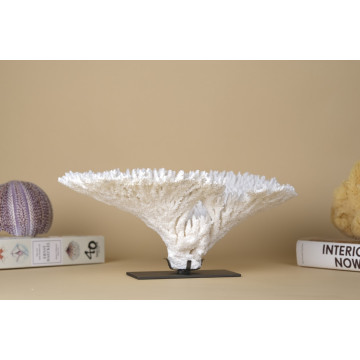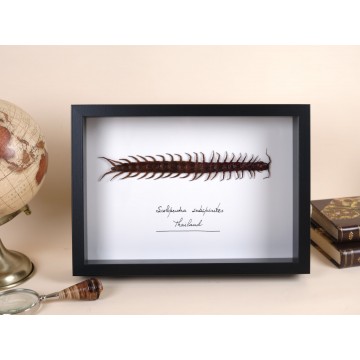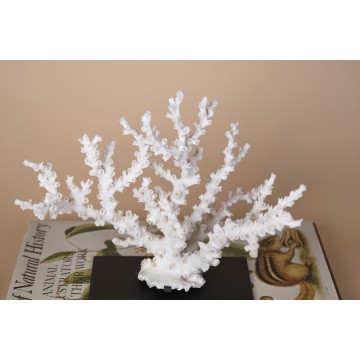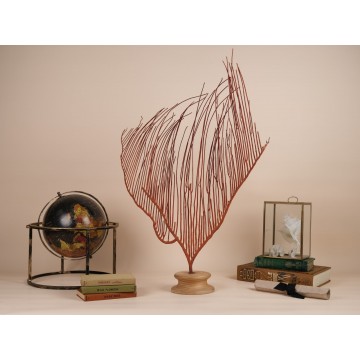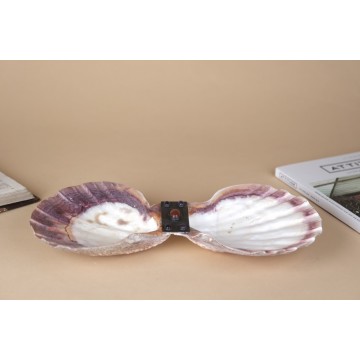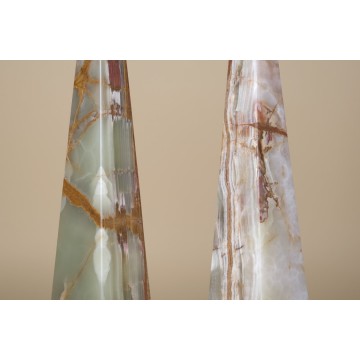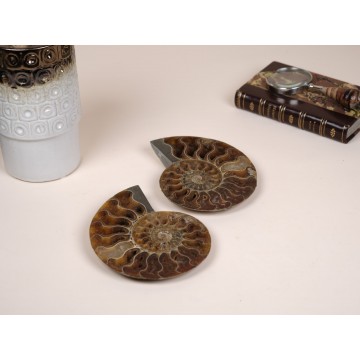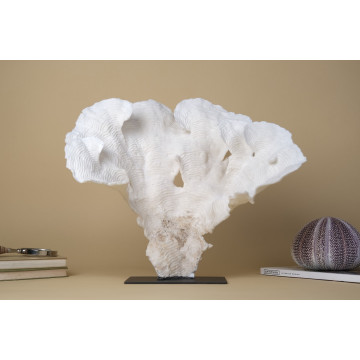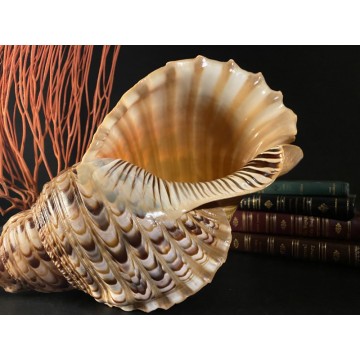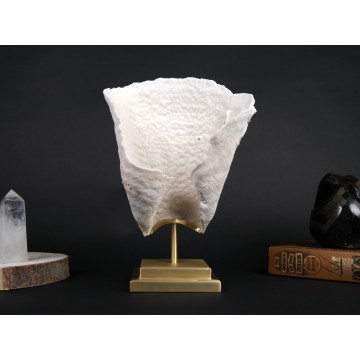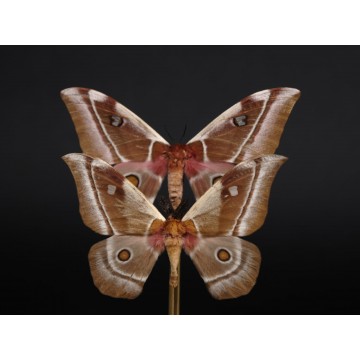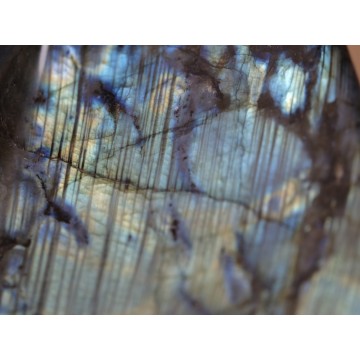Behold the exquisite beauty of Labradorite, a gem from the feldspar family, celebrated for its captivating iridescence. This high-quality variety, known as Spectrolite, enchants the beholder with its play of colors.
The name "Labradorite" pays homage to its initial discovery in the mystical lands of Labrador, Canada. However, this exceptional specimen gracing your presence hails from the treasure troves of Madagascar, renowned for its top-tier mineral finds.
Labradorite is not merely a mineral; it's believed to possess remarkable energetic and healing properties. When incorporated into your decor, it weaves an aura of harmony and balance, infusing spaces with positive energy. Each Labradorite piece, meticulously polished by hand, is a unique creation crafted by nature itself.


